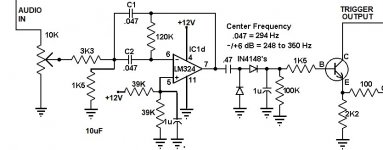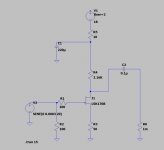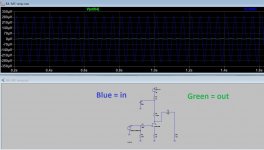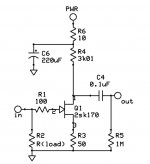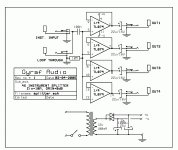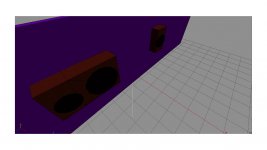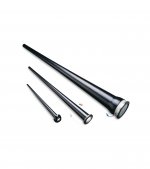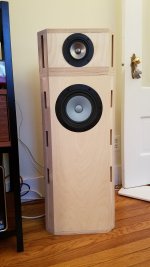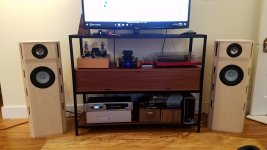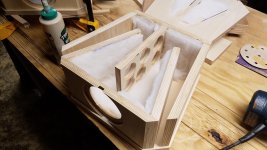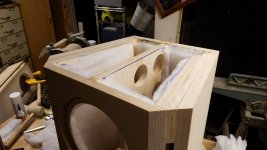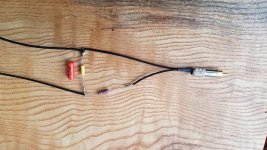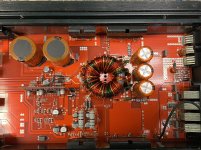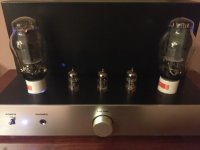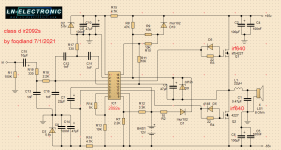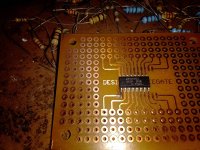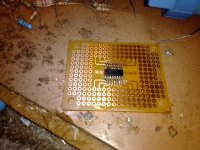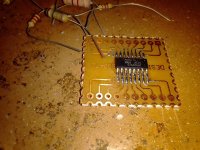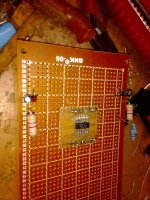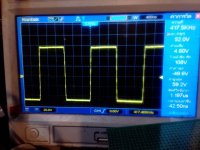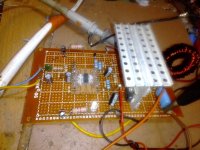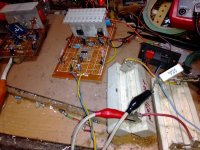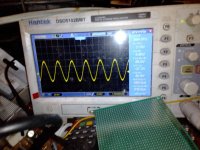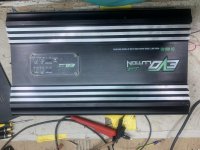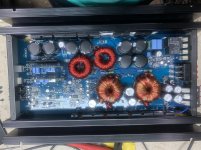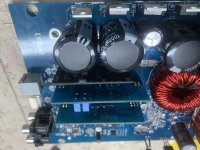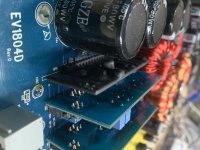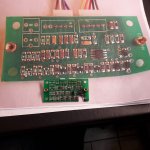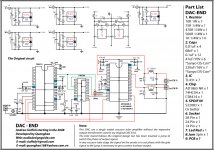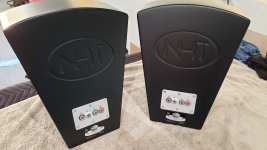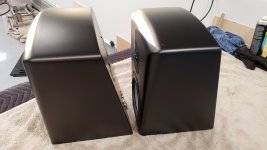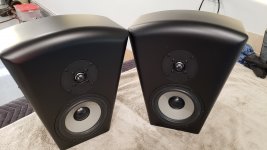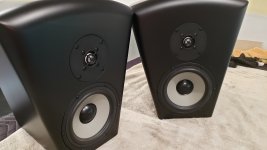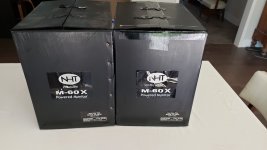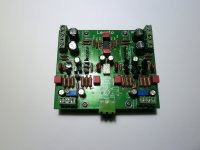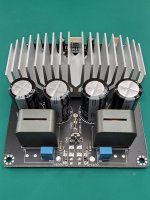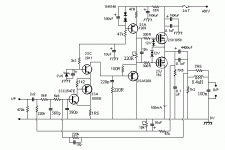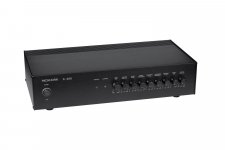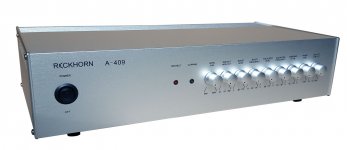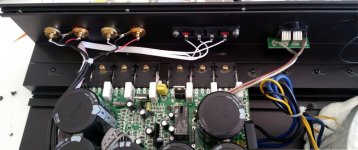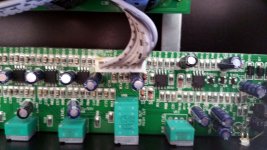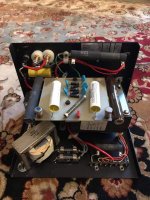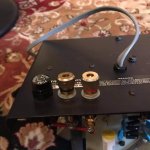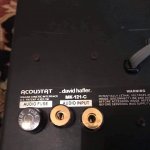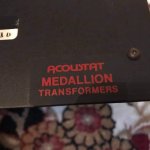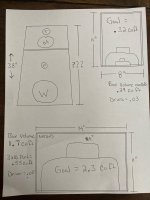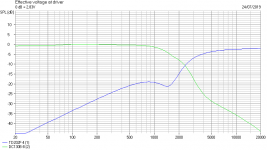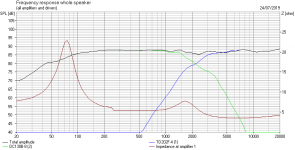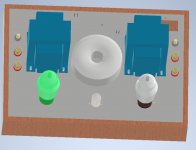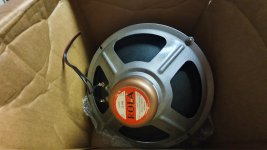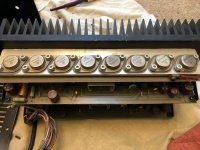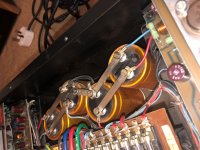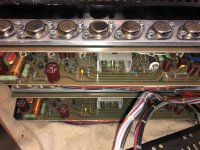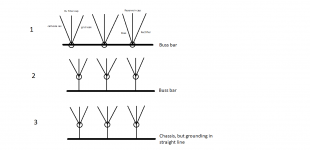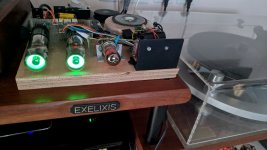Overview Impedance Plots wanted for Infinity to avoid destroyed Amps (e.g. RS/Kappa)
- Multi-Way
- 0 Replies
There are several models on the marked with passive high pass crossover network for the bass transducer. Consequence is an enhancement of the bass transmission (only a small area around 40-50Hz so as acoustical low pass character of 24db/octave instead 12db/octave)
Additional the impedance goes in this area down below 1 ohms at several models. This means danger for destroy amplifier stages.
Therefore I want to have a line up of all associate impedance plots and crossover network circuits to older Infinity multi way speakers.
On the web there are only any few plots - go to the attachments.
Many thanks for the progress of the completion.
in post #43+44 under
Infinity 8 Kappa Rescue Project
there is to find an approach from me as general solution for models with minimum impedance below 3 ohms.
Except the Kappa (Reference Standard) series there are several other series, e.g. IRS-Sigma/Epsilon - go to
INFINITY IRS SIGMA TECHNICAL SHEET Service Manual download, schematics, eeprom, repair info for electronics experts
An overall view of all models is here:
Infinity Modelle
Additional the impedance goes in this area down below 1 ohms at several models. This means danger for destroy amplifier stages.
Therefore I want to have a line up of all associate impedance plots and crossover network circuits to older Infinity multi way speakers.
On the web there are only any few plots - go to the attachments.
Many thanks for the progress of the completion.
in post #43+44 under
Infinity 8 Kappa Rescue Project
there is to find an approach from me as general solution for models with minimum impedance below 3 ohms.
Except the Kappa (Reference Standard) series there are several other series, e.g. IRS-Sigma/Epsilon - go to
INFINITY IRS SIGMA TECHNICAL SHEET Service Manual download, schematics, eeprom, repair info for electronics experts
An overall view of all models is here:
Infinity Modelle
Attachments
-
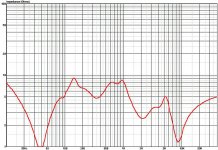 Infinity Kappa 9A.jpg82.1 KB · Views: 597
Infinity Kappa 9A.jpg82.1 KB · Views: 597 -
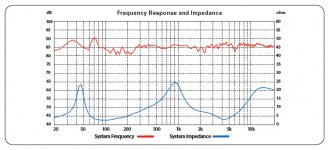 Infinity RS-5000.jpg107.2 KB · Views: 291
Infinity RS-5000.jpg107.2 KB · Views: 291 -
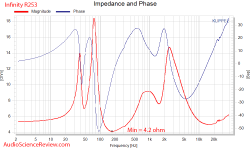 Infinity R352.png83.3 KB · Views: 210
Infinity R352.png83.3 KB · Views: 210 -
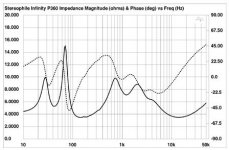 Infinity PRIMUS 360.jpg27.5 KB · Views: 434
Infinity PRIMUS 360.jpg27.5 KB · Views: 434 -
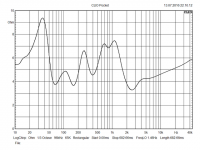 Infinity kappa-8.2 impedance vs. frequency.png69.4 KB · Views: 628
Infinity kappa-8.2 impedance vs. frequency.png69.4 KB · Views: 628 -
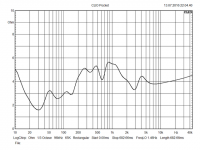 Infinity kappa-9.2-extend-on.png65.6 KB · Views: 885
Infinity kappa-9.2-extend-on.png65.6 KB · Views: 885 -
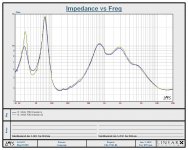 Infinity Primus P363.jpg168.5 KB · Views: 282
Infinity Primus P363.jpg168.5 KB · Views: 282 -
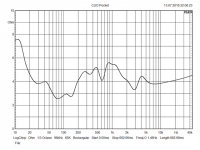 Infinity kappa-9.2-extend-off.png65.1 KB · Views: 339
Infinity kappa-9.2-extend-off.png65.1 KB · Views: 339 -
infinity_irs_sigma_technical_sheet.pdf143.1 KB · Views: 118
